Pasilla chile (also known as chile pasilla or chile negro) is a dried chilaca pepper with a mild heat level (1,000-2,500 Scoville units), smoky earthy flavor, and versatility in Mexican cuisine. It's commonly used in mole sauces, salsas, and stews. This complete guide covers its flavor profile, cooking uses, substitution tips, buying advice, and comparisons with other chile varieties.
Table of Contents
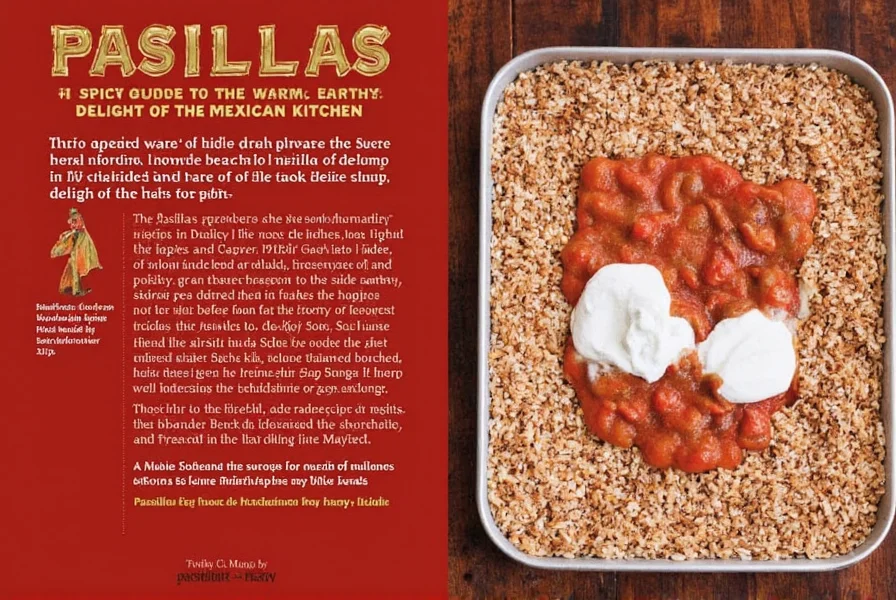
The Flavor Profile of Pasilla Chile
Pasilla chiles deliver a complex flavor profile with deep earthy notes, subtle fruitiness, and pronounced smokiness. Unlike hotter chiles, they provide mild heat (1,000-2,500 Scoville units) while adding rich umami depth to dishes. When roasted or dried, their flavor intensifies with caramelized sweetness and raisin-like undertones, making them ideal for mole sauces where they complement chocolate and spices.
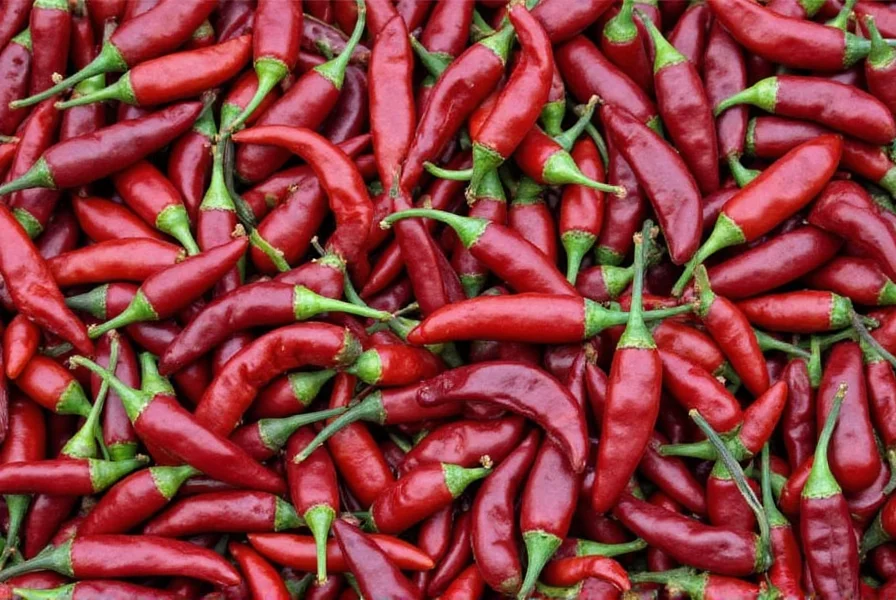
Cooking Uses and Tips
Pasilla chiles are incredibly versatile in Mexican cooking. Here's how to use them effectively:
- Mole Sauce: Essential for traditional mole poblano. Toast whole chiles, then rehydrate and blend for deep, complex sauce base.
- Salsa: Rehydrated pasillas create smooth, smoky salsas. Combine with tomatoes, onions, garlic, and lime for authentic flavor.
- Stews and Soups: Add whole or chopped pasillas to bean stews, pozole, or chili for rich smokiness without overpowering heat.
- Seasoning: Dry and grind into powder for rubs on meats, roasted vegetables, or even popcorn seasoning.
Key preparation tips:
- Roasting: Char whole chiles over open flame or broiler until blistered, then steam in covered bowl for 5 minutes before deseeding.
- Rehydrating: Soak dried chiles in hot water for 15-20 minutes until pliable. Add vinegar or lime juice to soaking water for enhanced flavor extraction.
- Storage: Keep dried pasillas in airtight containers away from light. For long-term storage, freeze in vacuum-sealed bags up to 2 years.
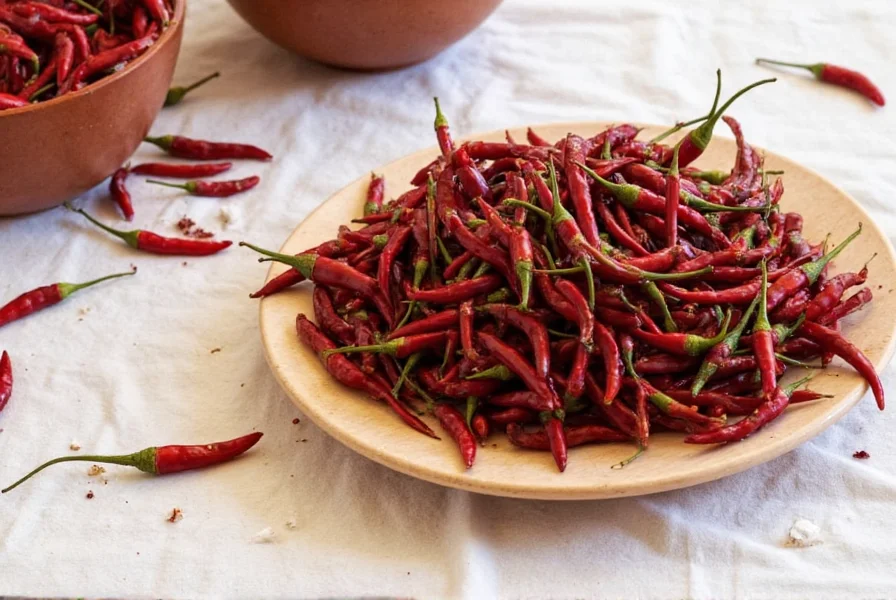
| Chile Variety | Heat Level | Flavor Profile | Best Uses |
|---|---|---|---|
| Pasilla | Low to Medium (1,000-2,500 Scoville) | Smoky, Earthy, Raisin-like Sweetness | Mole, Salsas, Stews |
| Poblano | Low to Medium | Earthy, Mildly Spicy | Stuffed Peppers, Fresh Salsas |
| Jalapeño | Medium (2,500-8,000 Scoville) | Peppery, Fresh, Crisp | Salsas, Relishes, Snacks |
| Ancho | Low to Medium | Fruity, Sweet, Chocolatey | Mole, Sauces, Rubs |
Frequently Asked Questions About Pasilla Chile
What exactly is a pasilla chile?
The pasilla chile is the dried form of the chilaca pepper. Despite "pasilla" meaning "little raisin" in Spanish, it's a long (6-8 inch), thin pepper that turns dark brown to black when dried. It's a foundational ingredient in traditional Mexican mole sauces.
How hot are pasilla chiles?
Pasilla chiles range from 1,000-2,500 Scoville units, making them mild to medium heat. For comparison, a jalapeño (2,500-8,000) is hotter. They provide noticeable warmth without overwhelming spice, ideal for sensitive palates.
What's the difference between pasilla and ancho chiles?
They're completely different peppers! Ancho chiles are dried poblanos (wider, heart-shaped, fruitier flavor), while pasilla chiles are dried chilacas (longer, thinner, darker, with pronounced smoky notes). Anchos have sweeter, chocolatey notes; pasillas offer more earthy complexity.
Can I substitute pasilla chiles if I can't find them?
Yes, but carefully. Best substitutes: 1) Mulato + Ancho blend (approximates pasilla's complexity), 2) Ancho + 1/4 tsp smoked paprika for smokiness, or 3) Dried New Mexico chiles (less complex but similar heat). Avoid using chipotles - they're smoked jalapeños with much higher heat.
How do I properly rehydrate pasilla chiles?
Place dried chiles in a bowl, cover with boiling water, and soak 15-20 minutes until soft. Add 1 tsp vinegar or lime juice to the water for better flavor extraction. Remove stems, seeds, and membranes before using. Do not over-soak - they should be pliable but not mushy.
What's the best way to store pasilla chiles?
Dried pasillas: Store in airtight containers in cool, dark places for 6-12 months. For longer storage (up to 2 years), freeze in vacuum-sealed bags. Fresh pasillas (rare outside Mexico): Refrigerate in crisper drawer for 1-2 weeks.
Are pasilla chiles the same as chipotle chiles?
No. Chipotles are smoked and dried jalapeños with intense smokiness and higher heat (5,000-10,000 Scoville). Pasillas are dried chilacas with milder heat (1,000-2,500) and earthy, raisin-like notes. They serve different purposes in recipes and aren't direct substitutes.
Why are my pasilla chiles so dark?
This is completely normal! The name "pasilla" refers to the dried pepper's raisin-like appearance and color. Fully mature pasillas turn dark brown to nearly black when dried, which indicates proper curing and maximum flavor development.
Conclusion
Pasilla chiles bring unique smoky depth and mild heat to Mexican cuisine, making them indispensable for authentic mole sauces and complex salsas. Their versatility extends from traditional recipes to modern culinary applications, with proper preparation unlocking their full flavor potential. Whether you're a home cook or professional chef, mastering pasilla chiles will elevate your dishes with authentic, nuanced flavors.
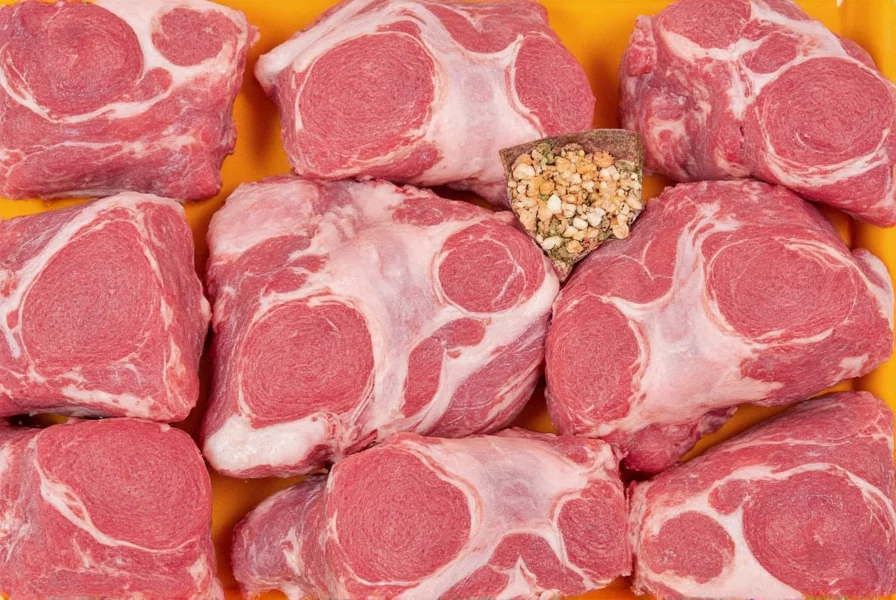

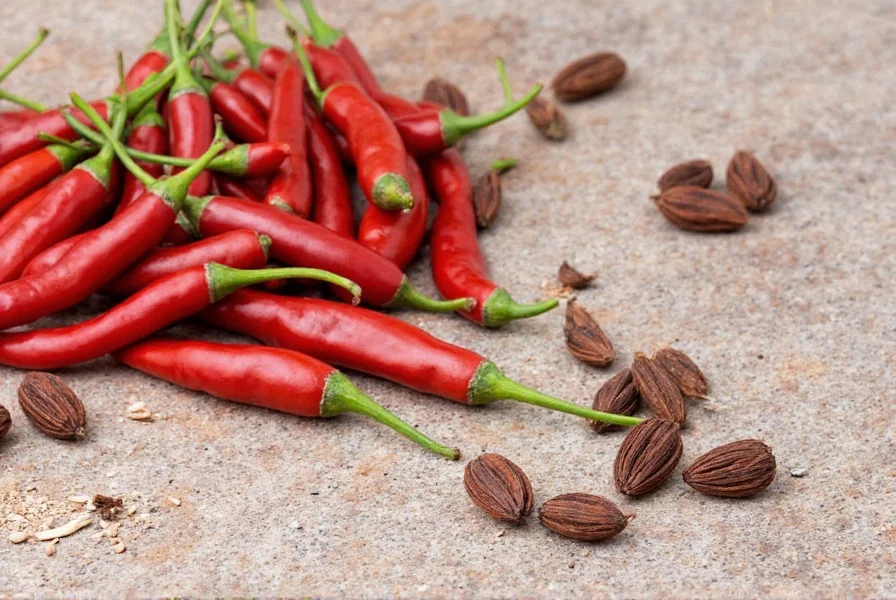









 浙公网安备
33010002000092号
浙公网安备
33010002000092号 浙B2-20120091-4
浙B2-20120091-4